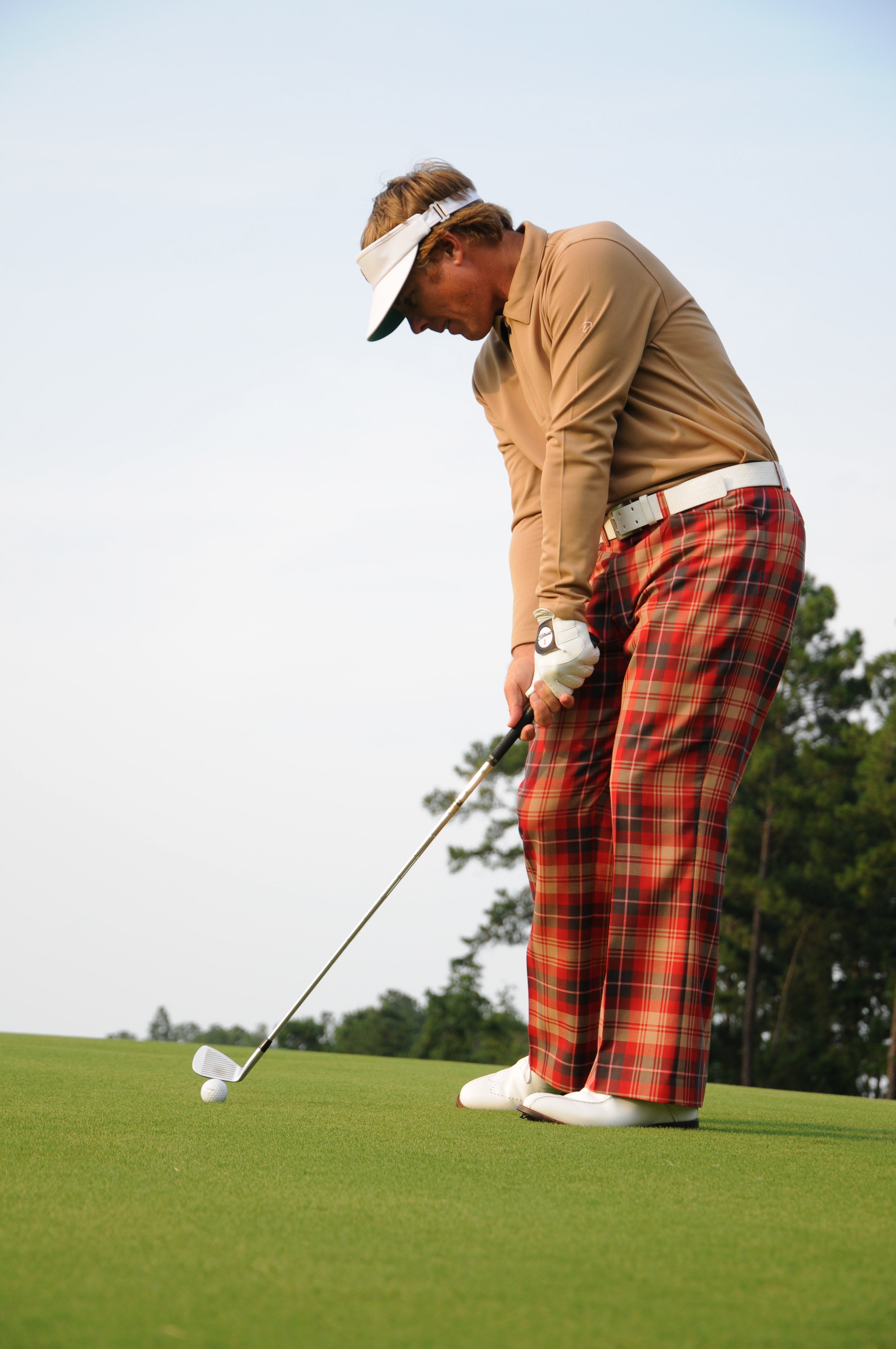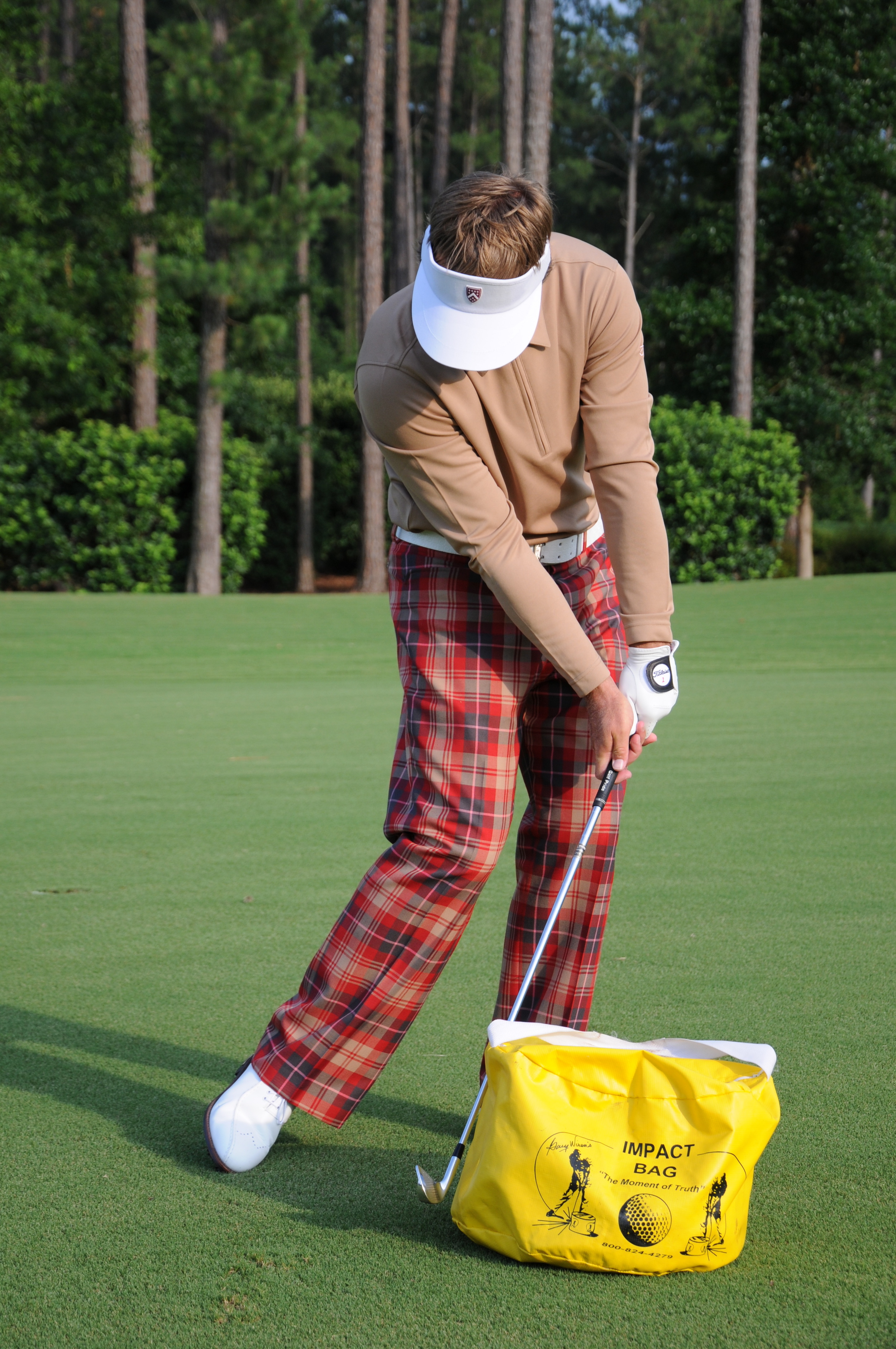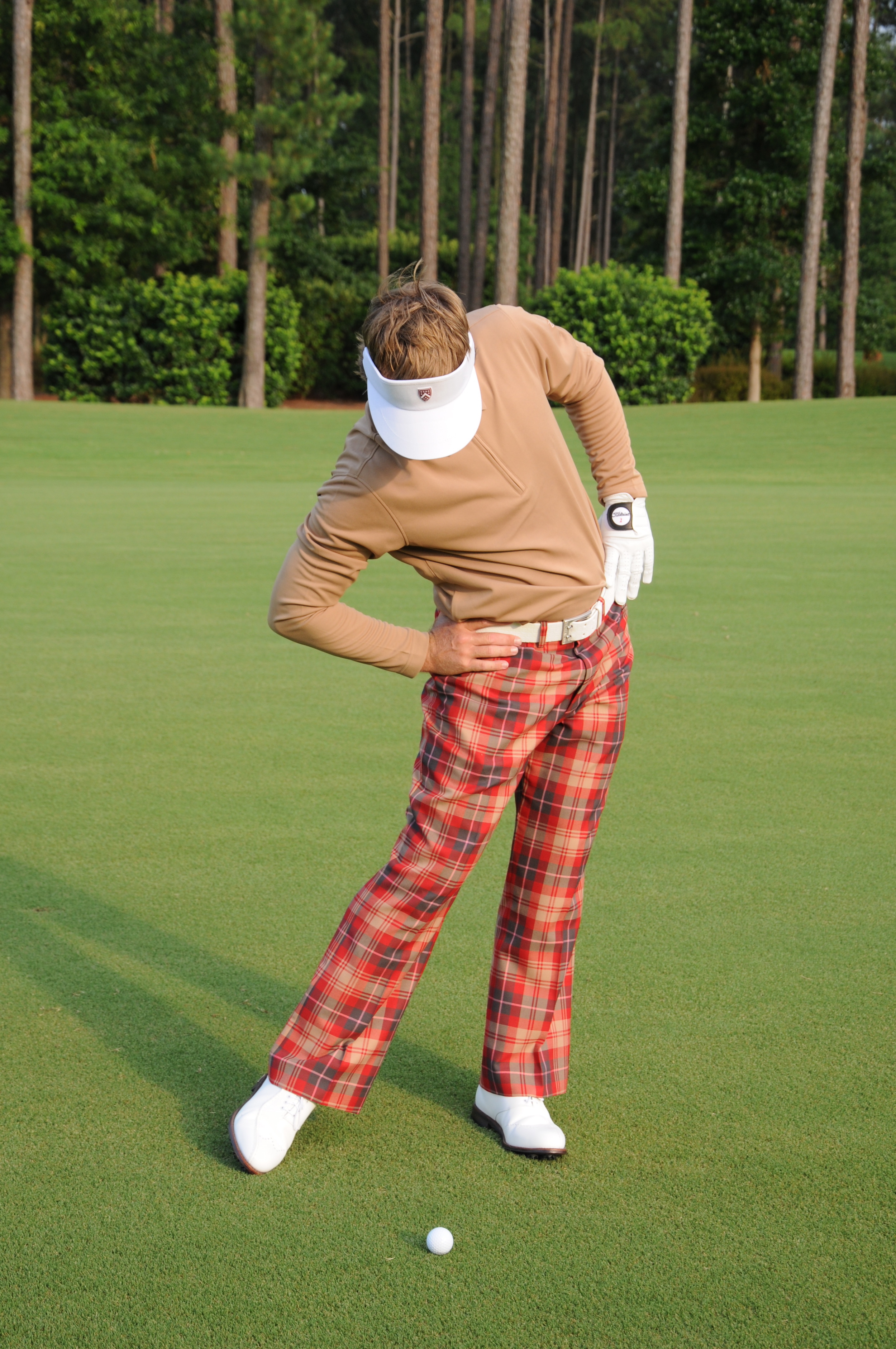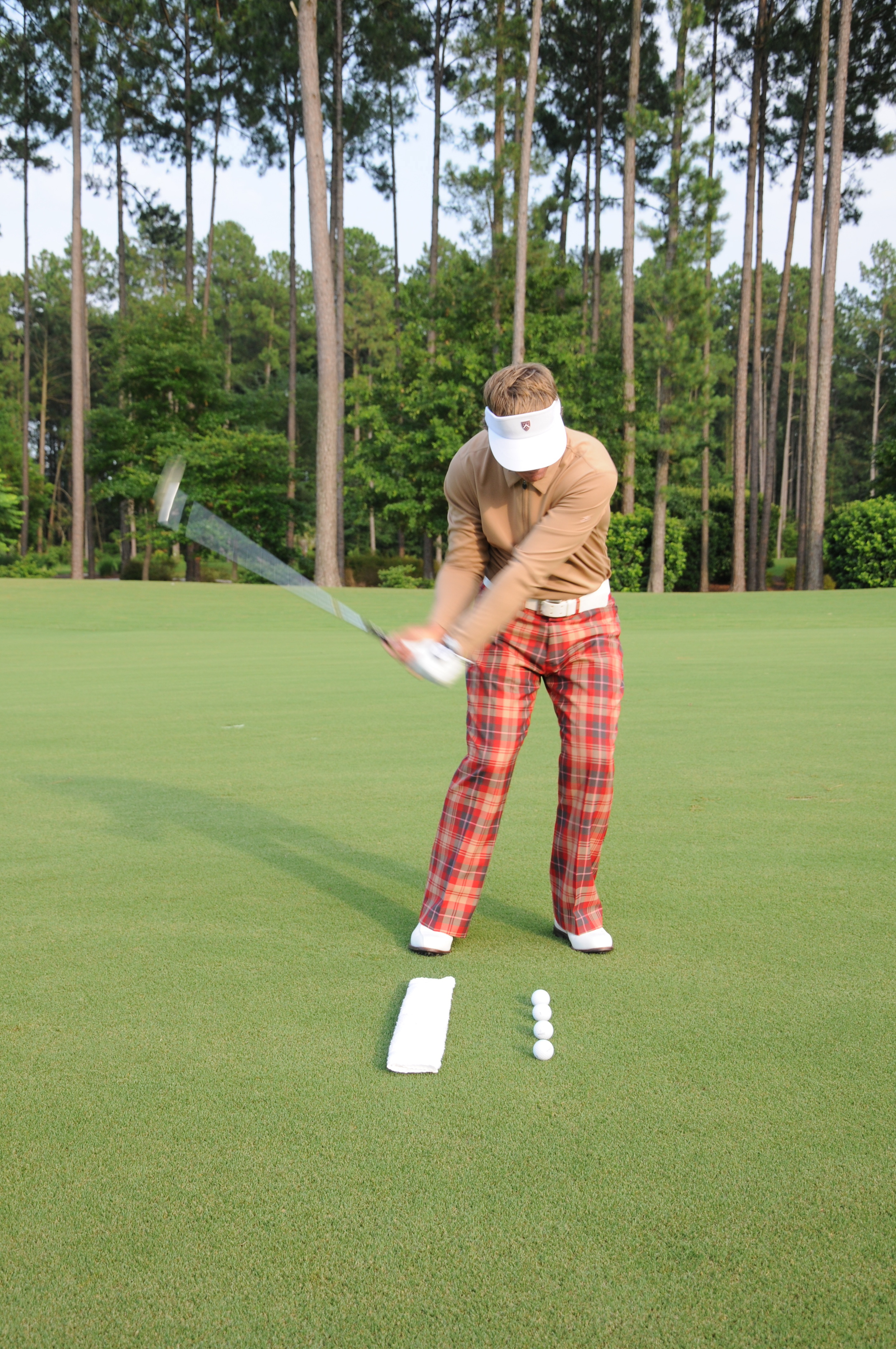3 EASY Keys for No More Slicing
/While it’s not the bane of every golfer, slicing or ‘large fades’, certainly taunt the vast majority of golfers out there. If you commit to the following simple steps to help you overcome your nemesis I can guarantee you’ll no longer have a problem. Watch this short video…
The keys are:
Get that club face as closed as you can possibly get for every ‘frame’ of your golf swing. That doesn’t mean you need a stronger grip, but I’m sure you need better wrist conditions in order to close that face down for the whole ride.
Once you’ve got the face closed, now keep the body closed throughout the downswing. Feel like your back is to the target and it’s going to stay that way for the entire downswing.
Glide! Glide on over to the front foot with some lateral weight shift. Make a positive effort to get your mass over to that front foot in the downswing - without unwinding or opening up.
Keep in mind that these ideas really are feels that will help any chronic slicer/fader to overcome their typical ball flight. If you struggle with this, or perhaps know someone who does (don’t we all?) then please give these ideas a try or share it with a friend that desperately needs it.
Thanks for reading/watching.
















